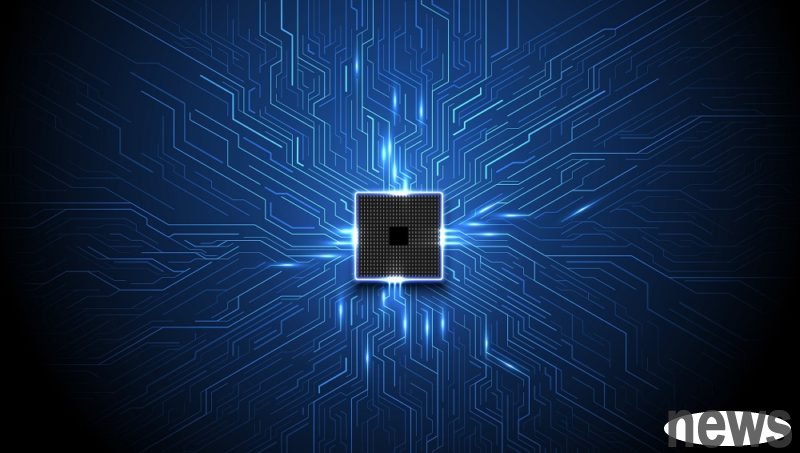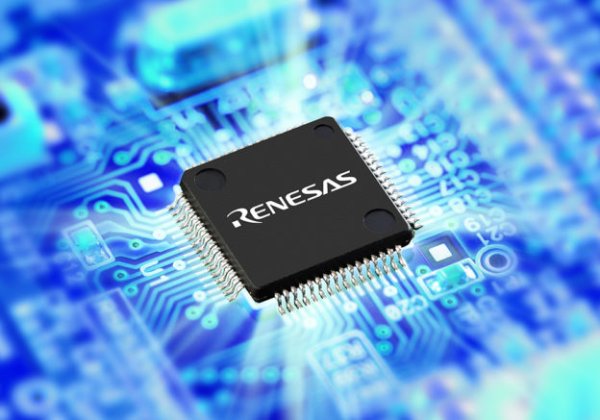A brief discussion of Arrow Lake Refresh and RTX 50 Refresh: Where do so many Refresh come from?

As the PC industry enters the fourth quarter, in addition to various OEMs starting to compete for promotions, information about new Vendor products usually begins to be revealed, and then officially unveiled at CES the following year, and this year is no exception.
Intel and NVIDIA, both of which launched new products at the beginning of the year, have announced that they will launch Refresh (minorly modified) versions of Arrow Lake and RTX 50 next year. But obviously the market has just experienced the chaos when RTX 50 was released in the second quarter of this year. Why is there a Refresh after only two quarters?
Review the performance of Arrow Lake and RTX 50 in the marketIndeed, the confusion surrounding the launch of Arrow Lake and RTX 50 earlier this year is still vivid in our minds. Originally, the outside world had high hopes for Arrow Lake, which uses TSMC's N3B process. After all, Lunar Lake, which previously used TSMC's process, performed well in terms of energy efficiency. However, after actual testing, it was found that the energy efficiency has indeed improved compared to Raptor Lake, but the performance has gone backwards. Although it performs well on laptops that place more emphasis on energy consumption, Arrow Lake is still poorly evaluated by the market.
The situation of RTX 50 is even more. Apart from the unsatisfactory performance increase, two consecutive delays in launch, poor driving and stability after launch, huge overturning of the first wave and Razer Blade evaluation results, and over-hyping of multi-frame generation have led to criticism that it is the worst generation since RTX 20.
So it is reasonable for Intel and NVIDIA to want to correct the chaos through a slightly modified version of Refresh. However, the reason why the author said where so many Refreshes come from is that when the process and architecture remain unchanged, there is a question mark on how much chaos and originality can be corrected by Arrow Lake Refresh and RTX 50 Refresh, especially Arrow Lake Refresh. NVIDIA can at least differentiate the slightly revised version through the deployment of CUDA quantity. However, Arrow Lake Refresh is subject to TSMC's manufacturing process. In the past, the method of forcing voltage to achieve higher clock speed and performance on its own manufacturing process is no longer applicable. It is simply difficult to differentiate from existing products without changing the number of cores.
Is "new" the only selling point of new chips?In fact, this also reflects the strange phenomenon in the PC chip market in recent years: new versions are launched because the time has come, rather than when the performance of the chip itself or the efficiency increase reaches a certain level. To put it bluntly, it is applying Moore's Law, which occurred in the past under completely different time and space backgrounds, to an era when the progress of the chip itself is becoming increasingly difficult. In the end, "new" became the only selling point of the new chip, and the improvement in performance and efficiency that consumers care about is a drop in the bucket.
AMD seems to have realized this, so even at the end of the year, when rumors are flying all over the sky, it has not yet heard of any plans to launch new products next year. Of course, some people will say that the existing Fire Range and Strix Point are already very strong, and there is no need to rush to launch new products. It is true that Arrow Lake is relatively weak, but as the author said in the previous paragraph, if the slightly revised version cannot be differentiated, then why not focus the few resources on the next generation of Nova Lake?
The concept of RTX 50 is actually the same. Although Lao Huang’s knife skills have always been precise, even if he cuts out a new version in a product with not much difference in CUDA quantity, I think it is better to use this time to polish the golden signboard that has been losing paint recently - the driver, and continue to optimize the picture flaws caused by frame generation. Only in this way can the gap between it and its opponents be continued to expand, and real benefits can be brought to consumers.
Further reading: Can Panther Lake turn around Intel's handheld business in one fell swoop? A brief discussion of the market’s reaction to RTX 50: Is it greed or hatred? A brief talk about GeForce RTX 50: changing the rules of the "game" Intel and AMD compete for new mobile platforms, who will have the last laugh?



